Introduction
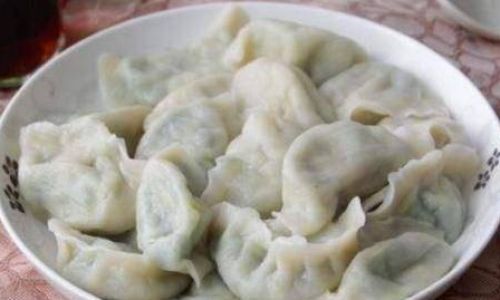
In the vast culinary landscape of global food, dumplings stand as a timeless and universally loved delicacy. Whether you’re in China, Russia, Poland, or even parts of Latin America, dumplings in various forms have been a staple in many cultures for centuries. Among the myriad types, Chinese dumplings, particularly those made with a filling wrapped in a thin dough skin and steamed, boiled, or pan-fried, hold a special place. They encapsulate the essence of comfort food, bringing families together during festivals and special occasions. But how do you make these dumplings truly delicious? This guide delves into the intricacies of dumpling-making, offering tips and tricks to elevate your dumpling-making skills to the next level.
Selecting the Right Ingredients
The foundation of any great dumpling lies in its ingredients. Start with high-quality meat, vegetables, and spices. For the meat filling, pork, beef, or chicken are traditional choices, but don’t shy away from experimenting with fish, shrimp, or even vegetarian options like tofu and mushrooms. When selecting meat, opt for cuts with a good fat-to-lean ratio; this ensures a juicy, flavorful filling.
Vegetables add texture and freshness to your dumplings. Common choices include cabbage, napa cabbage, spinach, and carrots. Blanching vegetables before adding them to the filling helps to soften them and remove excess moisture, preventing soggy dumplings. Don’t forget the aromatics – ginger, garlic, and scallions can transform a simple filling into a gourmet experience.
For the dough, use all-purpose flour or a blend of all-purpose and bread flour for added elasticity. Water is the traditional liquid, but you can experiment with milk or vegetable broth for a richer flavor. A pinch of salt enhances the dough’s flavor and structure.
Preparing the Filling
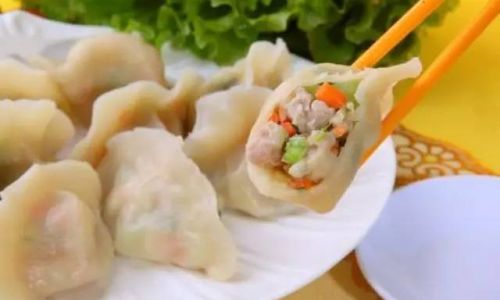
The key to a flavorful filling is balance. Combine your meat and vegetables in a ratio that suits your taste preference. Season the meat with soy sauce, sesame oil, Shaoxing wine (or dry sherry), ginger, garlic, and a touch of white pepper. Let the mixture marinate for at least 30 minutes to allow the flavors to meld.
Once the meat is marinated, mix in the prepared vegetables gently. Overmixing can lead to a dense, tough filling, so handle with care. If you’re aiming for a more cohesive filling, you can add a small amount of cornstarch or tapioca starch to help bind the ingredients together without making them too dry.
Crafting the Perfect Dough
Making the dough is an art form. Begin by combining flour and salt in a bowl. Gradually add water, mixing with a chopstick or fork until the mixture starts to come together. Switch to your hands and knead until the dough is smooth, elastic, and no longer sticky. This process can take up to 10 minutes.
Cover the dough with a damp cloth or plastic wrap to prevent it from drying out. Let it rest for at least 30 minutes. Resting allows the gluten in the flour to relax, making the dough easier to roll out and less likely to tear.
Rolling Out the Dough
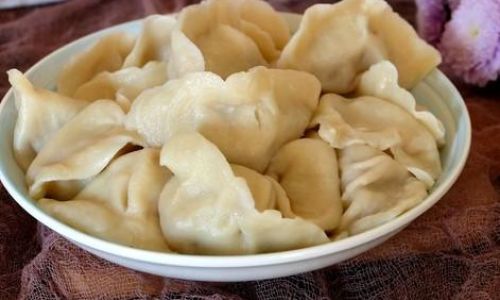
Divide the rested dough into smaller portions for easier handling. On a lightly floured surface, roll each portion into a log about 1 inch in diameter. Cut the log into small pieces, each about 1 inch long. Use a rolling pin to flatten each piece into a thin circle, about 3-4 inches in diameter. Aim for an even thickness to ensure uniform cooking.
Alternatively, you can use a pasta machine to roll out the dough for a more consistent texture. If you’re feeling adventurous, try shaping the dough into fun forms like hearts or stars using cookie cutters.
Filling and Sealing the Dumplings
Place a small spoonful of filling in the center of each dough circle. Fold the dough over the filling, pinching the edges together to seal tightly. For a more secure seal and decorative finish, create pleats along the edge of the dumpling. Practice makes perfect, so don’t worry if your first few attempts aren’t perfect.
If you’re having trouble sealing the dumplings, you can use a bit of water on the edges to help them stick together. Alternatively, brush the edges with a beaten egg white for a stronger bond and a glossy finish.
Cooking Techniques
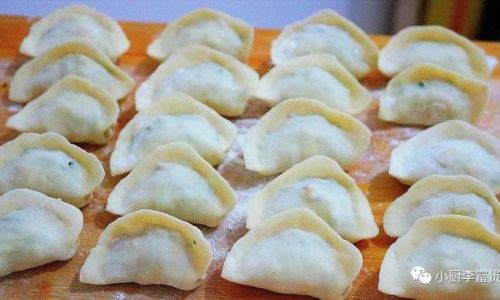
There are several ways to cook dumplings, each imparting a unique texture and flavor.
-
Boiling: Boiling is the most traditional method. Bring a large pot of water to a boil, add a tablespoon of salt, and then carefully drop in the dumplings. Stir gently to prevent them from sticking to the bottom. Cook until the dumplings float to the surface and the dough is cooked through, about 3-5 minutes.
-
Pan-Frying: For a crispy exterior, pan-fry the dumplings until the bottoms are golden brown, then add a small amount of water to the pan, cover, and steam until the dough is cooked through. This method is known as ‘pan-fried and steamed’ or ‘pot stickers’ in some cultures.
-
Steaming: Steaming preserves the dumplings’ moisture and flavor. Place them in a single layer on a steaming rack over boiling water. Cover and steam for about 10-12 minutes, or until the dough is cooked through.
-
Deep-Frying: For a indulgent treat, deep-fry the dumplings until golden brown and crispy. This method is best suited for smaller, bite-sized dumplings.
Serving and Enjoying
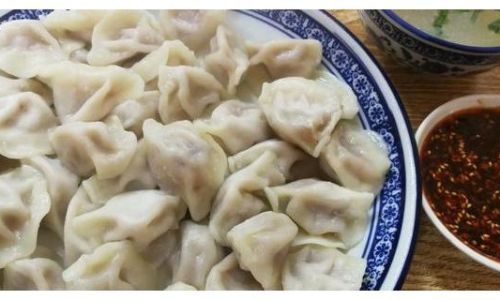
Once cooked, serve your dumplings hot with a dipping sauce made from soy sauce, rice vinegar, sesame oil, garlic, and chili oil. A sprinkle of chopped scallions or cilantro adds a fresh touch. For a more sophisticated sauce, try mixing together soy sauce, hoisin sauce, honey, and a dash of sesame seeds.
Pair your dumplings with a light soup or a side of steamed vegetables to balance the meal. They also make a wonderful appetizer or a hearty snack on their own.
Conclusion
Making delicious dumplings is a blend of science and art, requiring precision in ingredient selection, skill in dough preparation, and creativity in filling and cooking methods. With patience, practice, and a love for culinary experimentation, you can transform simple ingredients into a meal that brings joy to your table. Whether you’re celebrating a special occasion or just enjoying a quiet evening at home, dumplings offer a warm, comforting, and delicious way to connect with family and friends. Happy dumpling-making!
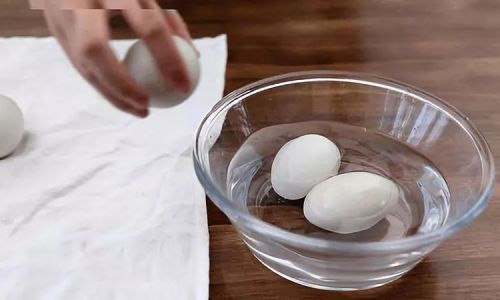

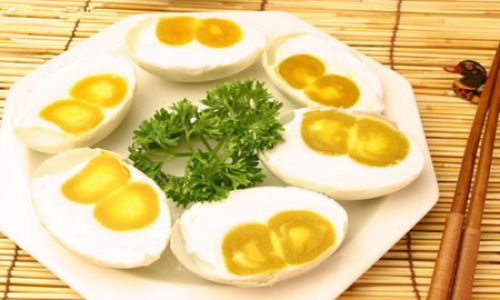
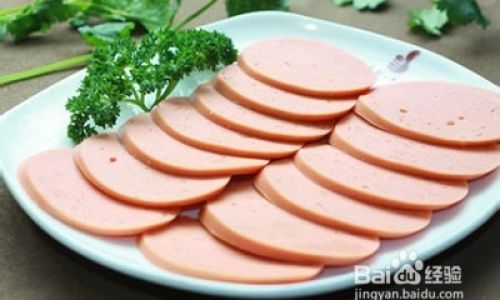


0 comments